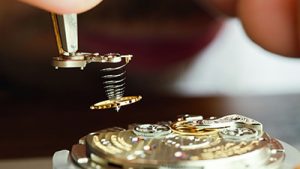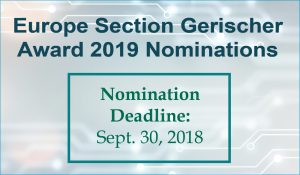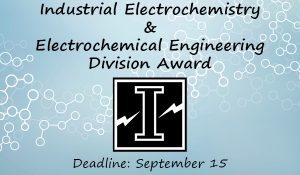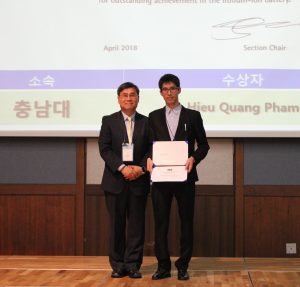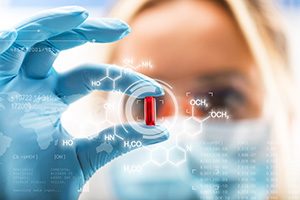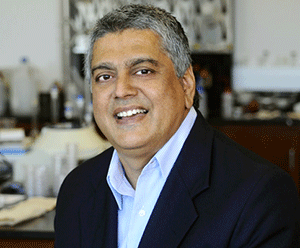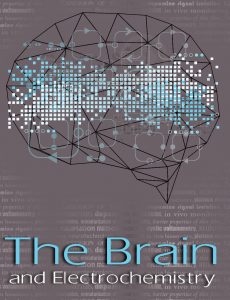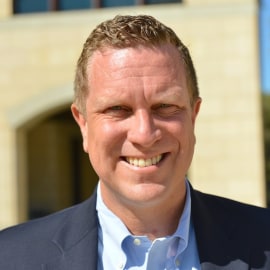 The 2018 ECS Annual Business Meeting and Luncheon* will be held on Tuesday, May 15 at the 233rd ECS Meeting in Seattle, WA from 1200 – 1400h.
The 2018 ECS Annual Business Meeting and Luncheon* will be held on Tuesday, May 15 at the 233rd ECS Meeting in Seattle, WA from 1200 – 1400h.
Featured Speaker
We are pleased to have David Danielson with a talk titled, “Electrochemistry & the Electrification of Everything in the Era of Low Cost Renewable Energy.” Danielson is the managing director of Breakthrough Energy Ventures, a new $1B+ climate-tech investment fund backed by Bill Gates and 20 other highly successful business leaders from around the world. Learn more about David Danielson and how our sciences are at the forefront of the energy revolution.
Learn and Lunch: 2017 Successes
Join past and present ECS leadership for a look at our organization and the strides made over the last year. The 2017 year was successful in many ways and the annual business meeting will give you a glimpse in program areas such as publications, meetings and, of course, membership.
Sign up when you register for the meeting. If you are already registered, you can add it by logging in to My Account > My Events > select 233rd ECS Meeting > click Add Tracks/Sessions.
| *ticketed event |
Regular |
Onsite |
| ECS Fellows |
$35 |
$45 |
| ECS Members |
$45 |
$55 |
| Nonmembers |
$55 |
$65 |


